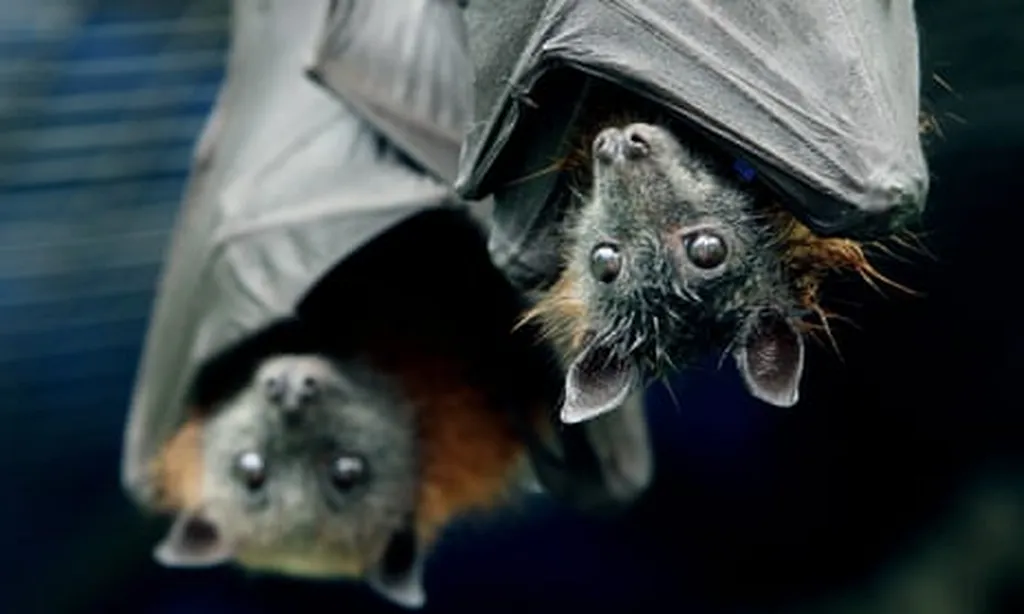In the heart of Thailand’s rice paddies, a silent battle is being waged against one of the crop’s most devastating pests, the brown planthopper (Nilaparvata lugens). But rather than reaching for chemical pesticides, scientists are turning to nature’s own arsenal: entomopathogenic fungi. A recent study published in the journal Biological Control, which translates to “Biological Pest Control” in English, has uncovered a promising new ally in the fight for sustainable rice cultivation.
Led by Noppol Kobmoo from the National Center for Genetic Engineering and Biotechnology (BIOTEC) in Thailand, the research team isolated 75 strains of entomopathogenic fungi (EPF) from paddy soils across the country. These fungi, primarily belonging to the Metarhizium and Purpureocillium genera, showed remarkable potential in both suppressing the brown planthopper and promoting rice growth.
The standout performers were two strains of Metarhizium, identified as MY13317.02 and MY13317.32, which belong to the M. pingshaense sensu lato complex. These strains demonstrated strong virulence against the brown planthopper in laboratory tests and significantly enhanced rice growth, yield, and photosynthetic performance under greenhouse conditions. “These fungi not only attack and kill the pest but also solubilize phosphorus in the soil, making it more accessible to the rice plants,” explained Kobmoo. “This dual action makes them highly effective and sustainable bioinoculants.”
The implications for rice cultivation are substantial. Intensive agrochemical use has long been a concern due to its environmental and health risks. The development of biocontrol agents like these Metarhizium strains offers a more sustainable alternative, potentially revolutionizing rice agriculture. “This research opens up new possibilities for integrated pest management and plant growth promotion,” Kobmoo added. “It’s a significant step towards reducing our reliance on chemical pesticides and fertilizers.”
The commercial impact of this research could be profound. Rice is a staple food for more than half of the world’s population, and the global rice market is worth billions of dollars. The adoption of these bioinoculants could lead to increased yields, reduced production costs, and a smaller environmental footprint, making rice cultivation more profitable and sustainable.
Moreover, the findings could pave the way for similar discoveries in other crops and regions. The use of indigenous microorganisms tailored to specific environments and pests could become a cornerstone of modern agriculture. “This is just the beginning,” Kobmoo noted. “There’s a vast diversity of microorganisms in our soils, and we’ve only scratched the surface of their potential.”
As the world grapples with the challenges of feeding a growing population while minimizing environmental impact, this research offers a beacon of hope. By harnessing the power of nature, we can create a more sustainable and resilient agricultural system, ensuring food security for future generations. The journey towards sustainable rice agriculture has taken a significant step forward, and the future looks promising.

